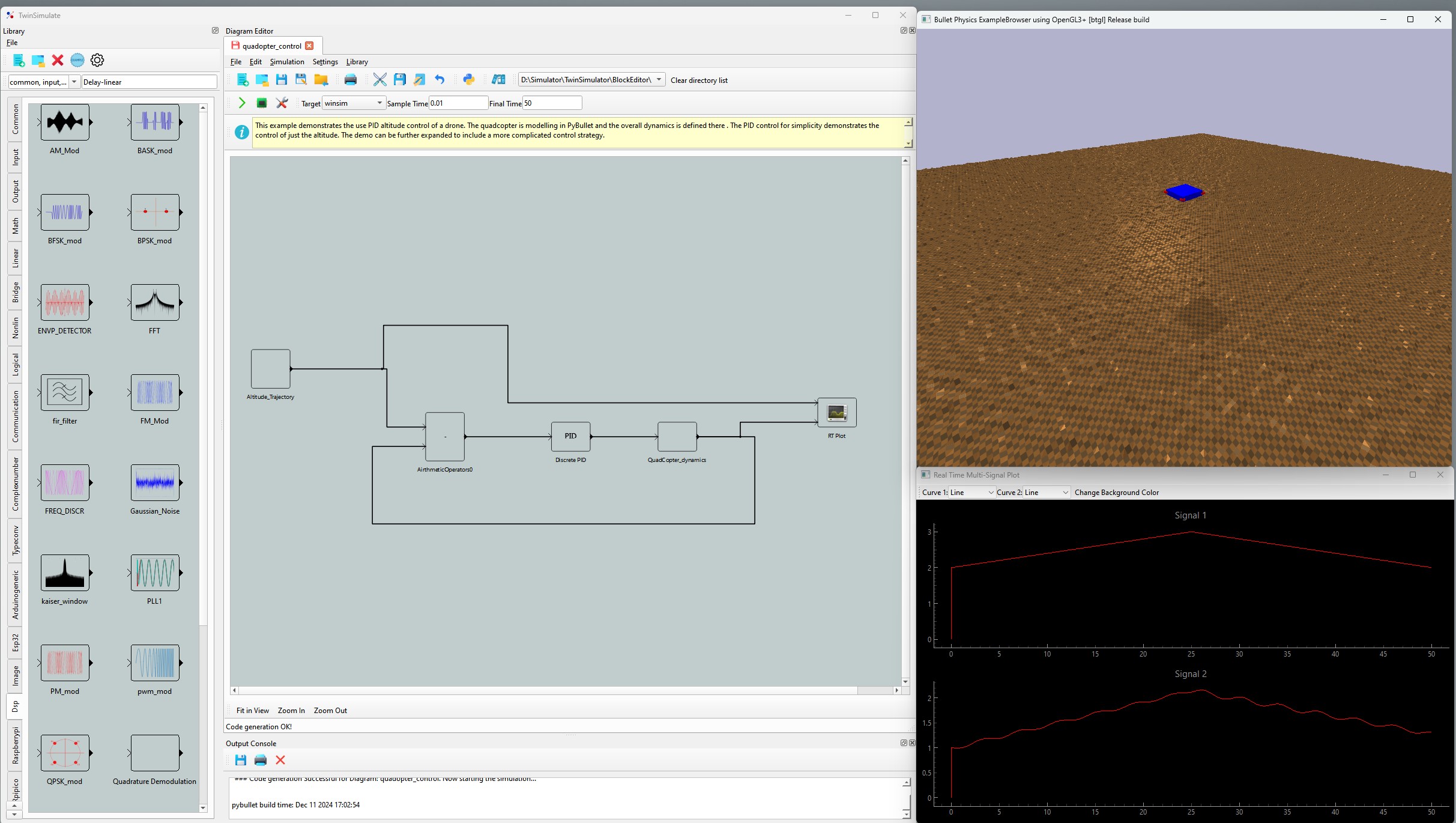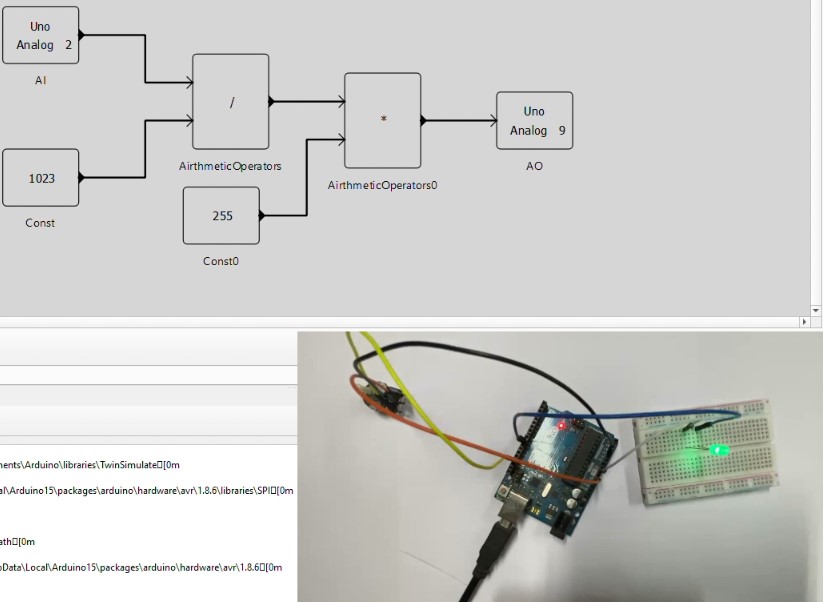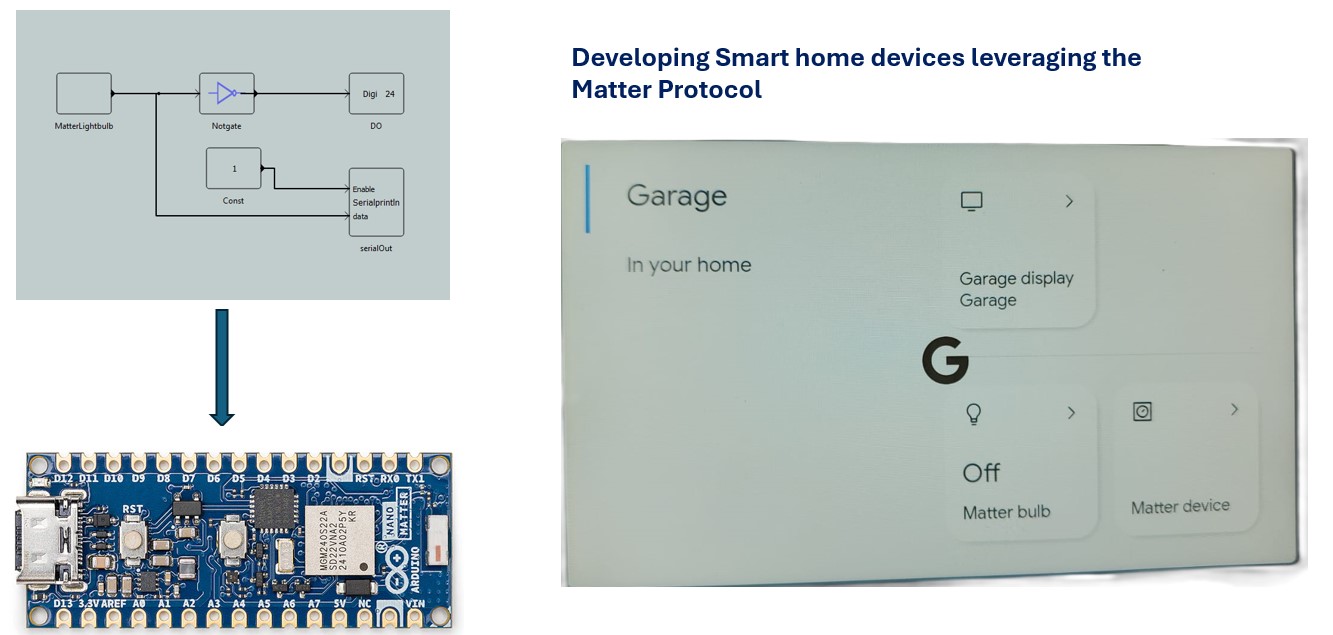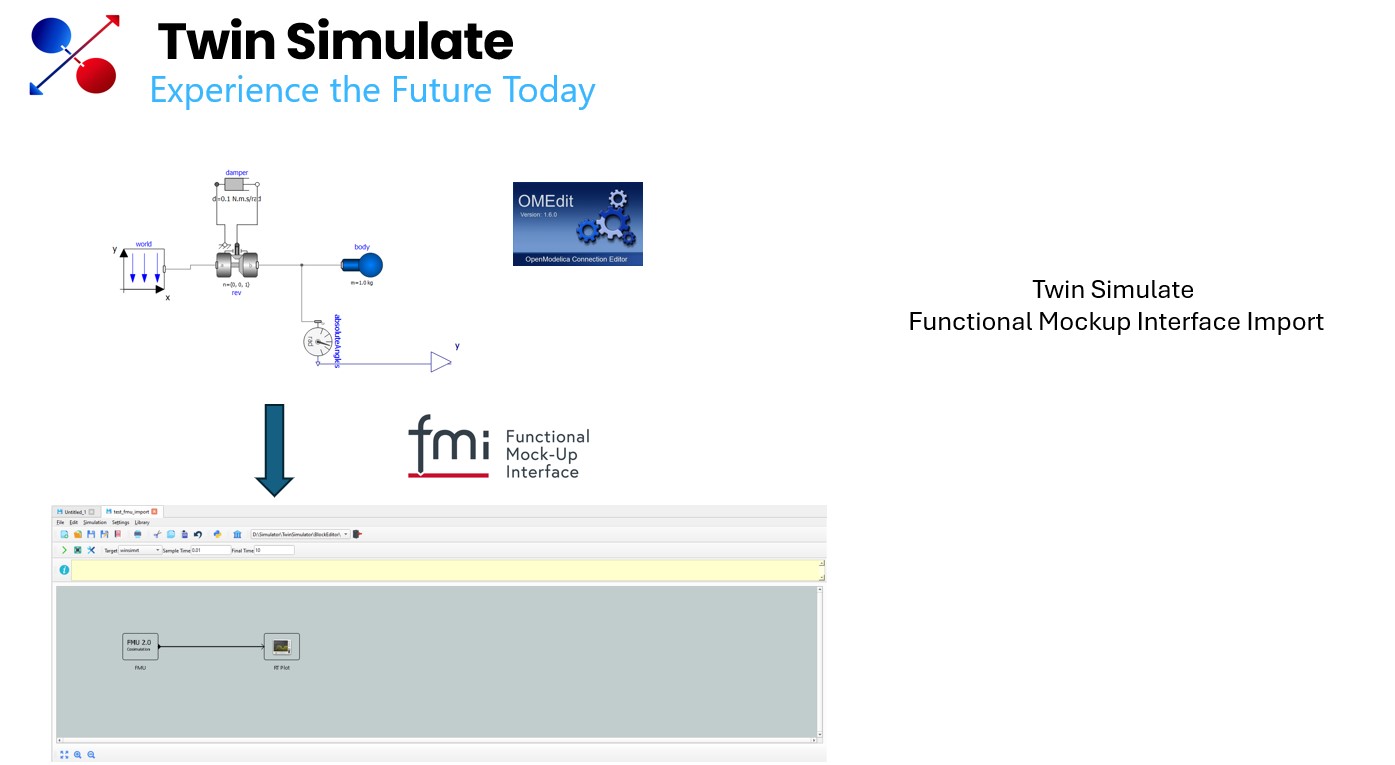As industries increasingly adopt digital twin technology, Twin Simulate emerges as a cutting-edge simulation platform, enabling users to model, analyze, and optimize physical systems in real time. Central to its flexibility are the Bridge Blocks, which allow seamless integration with external models and tools. Notably, Twin Simulate includes the Functional Mockup Unit (FMU) Bridge Block and Python Bridge Block. These blocks enhance the platform by enabling custom algorithms, machine learning, and data analysis, all within an easy-to-use simulation environment.
Why Twin Simulate is Essential for Digital Twin Simulations
Digital twin simulations are critical for real-time monitoring, predictive maintenance, and system optimization. TwinSimulate excels in integrating multiple models via Bridge Blocks, providing users with a versatile platform to simulate complex systems. The Python Bridge Block enhances this by allowing users to embed Python code directly into simulations, enabling highly customized algorithms and machine learning models that optimize system behaviors and provide advanced data insights.
The Bridge Blocks Category: Seamless Integration for Advanced Simulations
- FMU Bridge Block: Twin Simulate supports Functional Mockup Units (FMUs), allowing users to integrate models from other platforms like Simulink, Dassault ,Dymola, Ansys and over 100+ tools . This enhances the simulation environment by enabling cross-platform collaboration and bringing complex, pre-existing models into the Twin Simulate environment.
- Python Bridge Block: The Python Bridge Block enables seamless integration of Python scripts within TwinSimulate. This feature allows for the creation of custom algorithms, machine learning models, and real-time data analysis, extending the platform’s capabilities for complex simulations.
- Future Bridge Blocks: TwinSimulate’s Bridge Blocks category is expanding, with more connectors in the works to support additional programming languages, such as Julia, Rust, C++ , R and others. This will offer even greater flexibility, allowing users to leverage the strengths of different languages for specific simulation tasks, from high-performance computations to advanced mathematical modeling.
Industry Use Cases: Real-World Applications of Twin Simulate
- Manufacturing and Predictive Maintenance: Twin Simulate models factory equipment and production lines to optimize maintenance schedules, reduce downtime, and extend the lifespan of machinery.
- Smart Cities and Urban Planning: Urban planners use TwinSimulate to model traffic, energy, and water systems, optimizing resource allocation and improving city services through data-driven insights.
- Automotive Industry and Autonomous Vehicles: TwinSimulate simulates autonomous vehicle systems, including sensors, control algorithms, and vehicle-to-vehicle communication, improving safety and decision-making in real-time.
- Energy and Utilities: Energy companies use TwinSimulate to model power grids and renewable energy systems, optimizing energy distribution, forecasting demand, and preventing potential failures.
- Healthcare and Medical Devices: TwinSimulate creates digital twins of medical devices and patient monitoring systems, enabling real-time data analysis to improve patient care and optimize healthcare resources.
- Aerospace and Defense: Aerospace companies simulate aircraft or spacecraft systems to test performance, enhance fuel efficiency, and predict maintenance needs under various conditions.
- Supply Chain and Logistics: Supply chain managers simulate inventory management, warehouse operations, and transportation, optimizing routes, reducing operational costs, and improving delivery times.
Here is a video of the overall process involved in bringing your python code easily into simulations .
Here is an advanced version of the demo where one could leverage Python Libraries like PyBullet via the same interface
Conclusion: Future-Proof Digital Twin Simulations with Twin Simulate
Twin Simulate leverages Bridge Blocks, including the Python Bridge Block, to deliver a highly customizable simulation platform across industries such as manufacturing, healthcare, and autonomous vehicles. As the Bridge Blocks category expands with the introduction of additional connectors for languages like Julia, the platform will continue to offer greater flexibility, enabling users to integrate a wider array of simulation models and algorithms. TwinSimulate’s seamless integration, combined with advanced data analysis and machine learning capabilities, empowers businesses to optimize systems, innovate faster, and drive the future of digital twin technology.
If you are interested to evaluate Twin Simulate for your next simulation write to us and we would be more than happy to get you on a evaluation and support .








